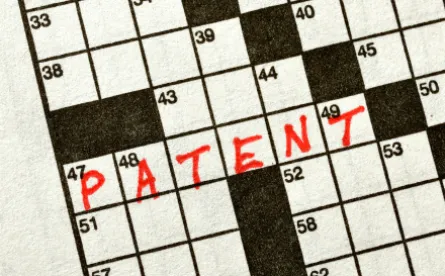Amendments to the Grace Period in Taiwan for Novelty and Inventive Step
On May 1, 2017, an amendment to the Taiwanese Patent Act became effective for all new patent applications filed on this date. In addition, in conjunction with the amendments to the Patent Act, the Enforcement Rules of the Patent Act were likewise amended.
Under the Taiwanese Patent Act, the requirements of novelty and inventive step for invention and utility model patent applications as well as design patent applications is governed by Articles 22 (applicable to invention and utility model applications) and 122 (applicable to design applications).
Prior to May 1st, a grace period in Taiwan was only available for very limited numbers and types of public disclosures. These public disclosures were those when the invention was:
a) Disclosed publicly for experimental purposes;
b) Published in a printed publication;
c) Displayed at an exhibition sponsored or recognized by the Government; or
d) Disclosed without the consent or against the consent of the applicant.
Additionally, applicants wishing to claim advantage of the grace period had to comply with a number of formal requirements, including:
a) Filing a patent application in Taiwan six months from the date of occurrence of any of the above described public disclosures;
b) Making a declaration at the time of filing describing the public disclosure as well as providing the year/month/date in which the disclosure occurred; and
c) Submitting an evidentiary document at the time of filing or within a time period specified by the Patent Office providing the existence of the disclosure.
The amendments that became effective on May 1st provide good news for most patent applicants. Specifically, first and foremost, the amendments extend the grace period for filing an invention or utility model patent application from six to twelve months from the date of occurrence of the public disclosure. Unfortunately, for design patent applications, the grace period remains unchanged, namely, six months from the date of public disclosure. Second, the amendments expanded the scope of the categories of public disclosure for which the grace period can be claimed. For example, speaking at a conference, publication of an invention in a product catalog, a poster presentation and disclosure in a public forum or on the internet can all be claimed under the grace period. However, there is one exception. Specifically, the grace period cannot be claimed when the public disclosure is the publication of an issued patent or application that is filed by the applicant or with the applicant’s consent. Said another way, the grace period is not available if the public disclosure is the publication of an issued patent or published application resulting from the “intent” of the application. However, the exception does not apply if an issued patent or application published contrary to the inventor’s intent, such as when a patent application is misappropriated or stolen by another person. If the public disclosure is due to a misunderstanding or negligence, the public disclosure is also deemed against applicant’s intention. For example, when an applicant understands the party receiving the disclosed information is under confidentiality obligations but later learns that that understanding is not correct.
This post was written by Lisa Mueller and Kate Shu-Yin Chu from Lee and Li.




 />i
/>i
